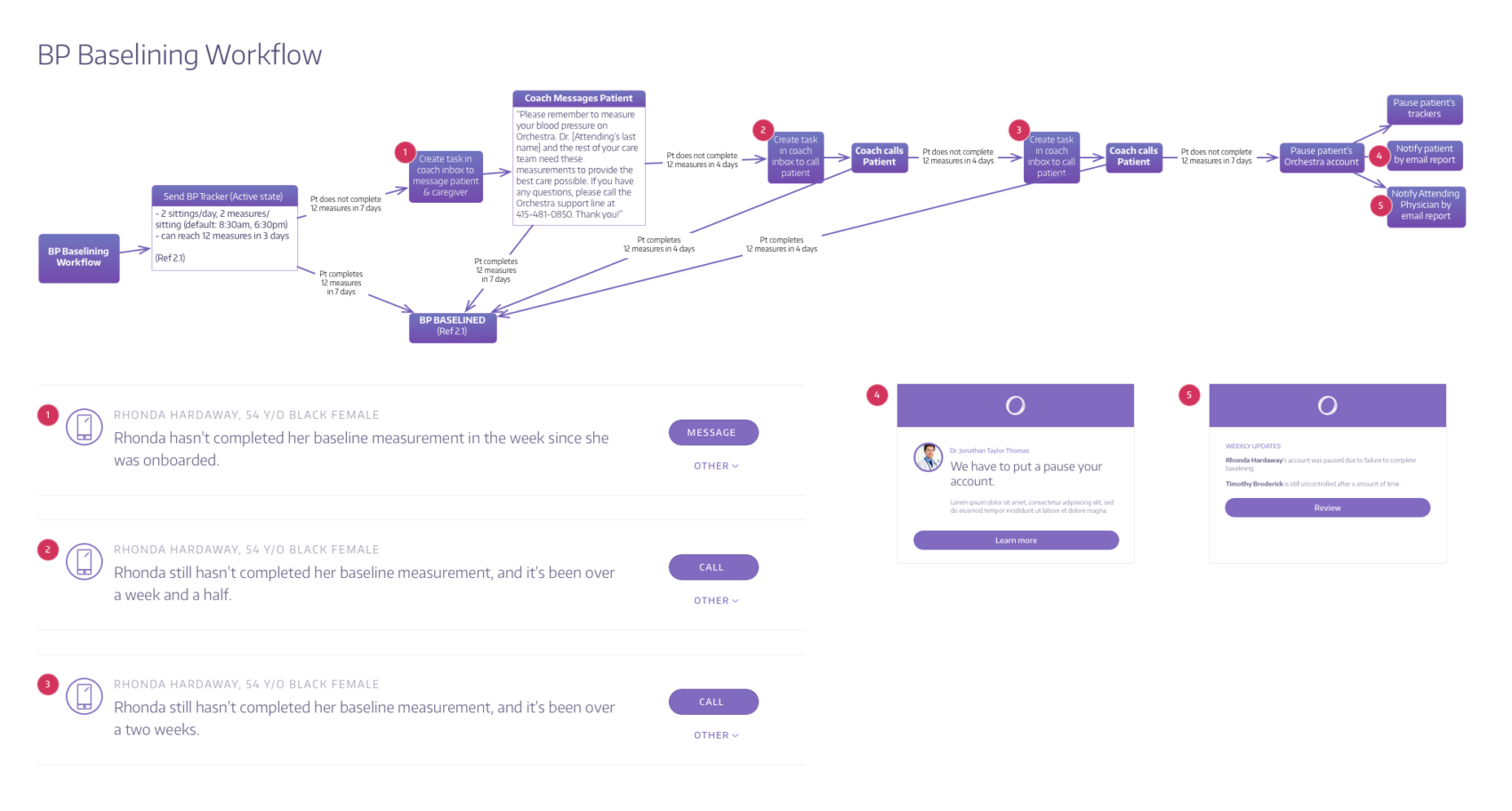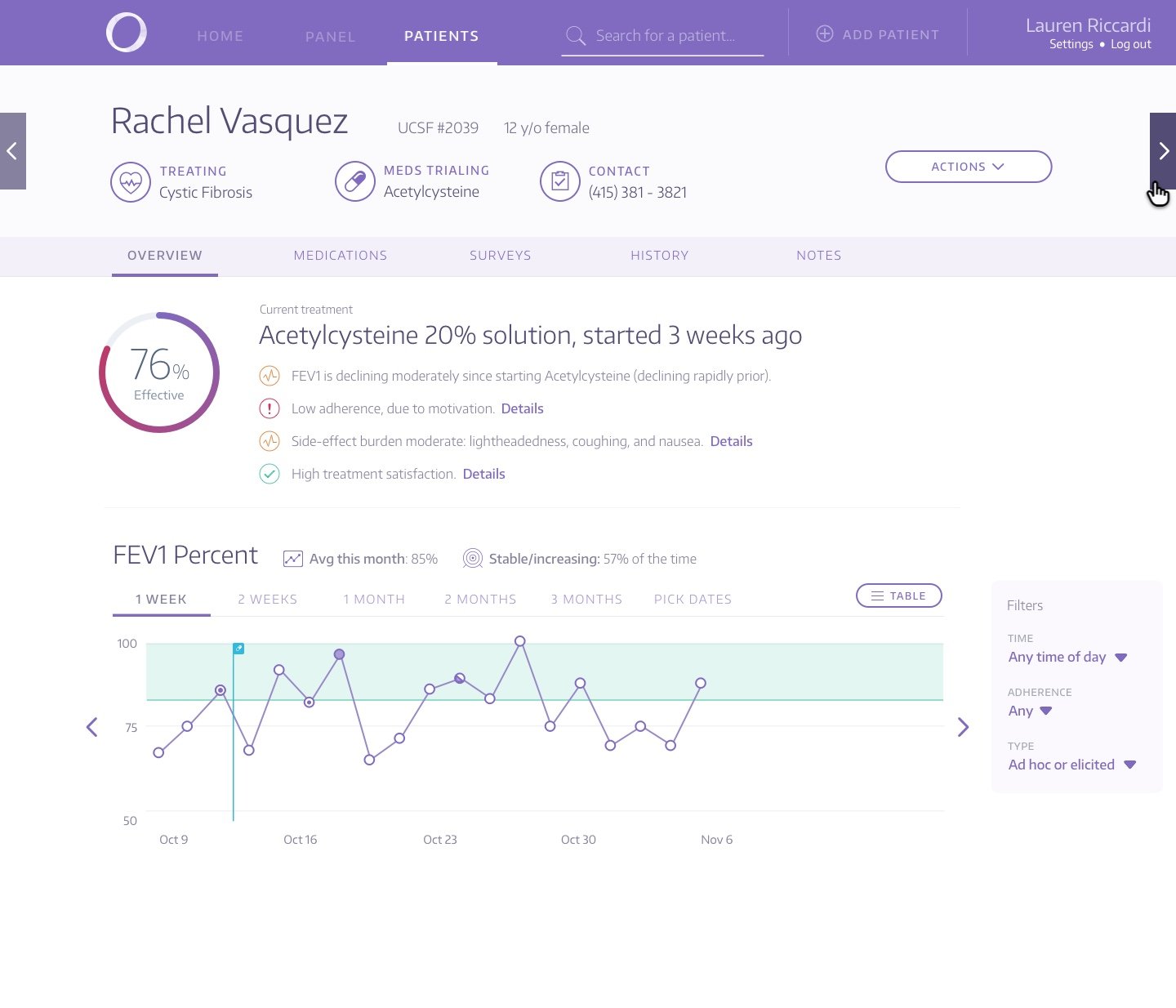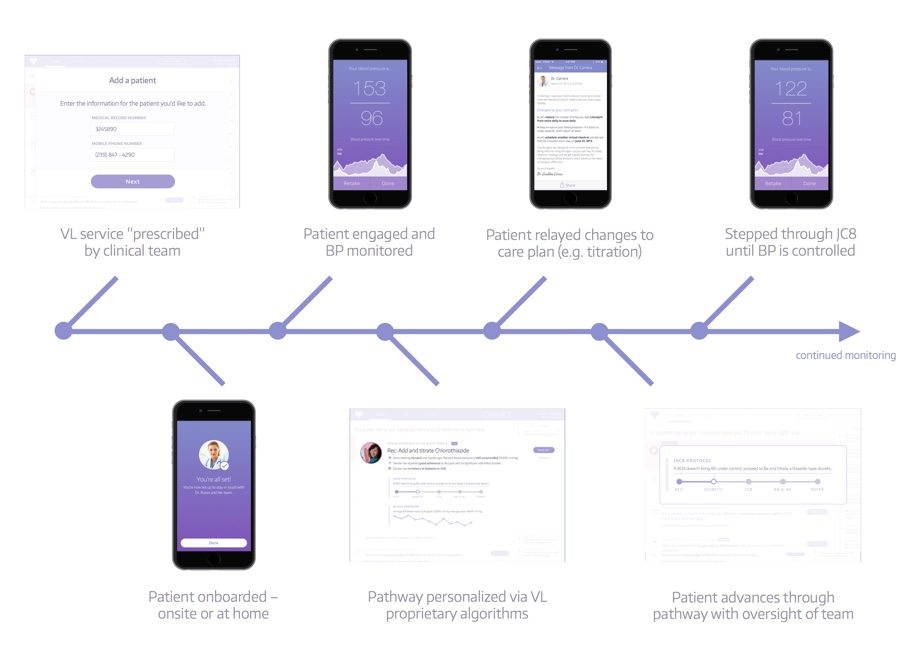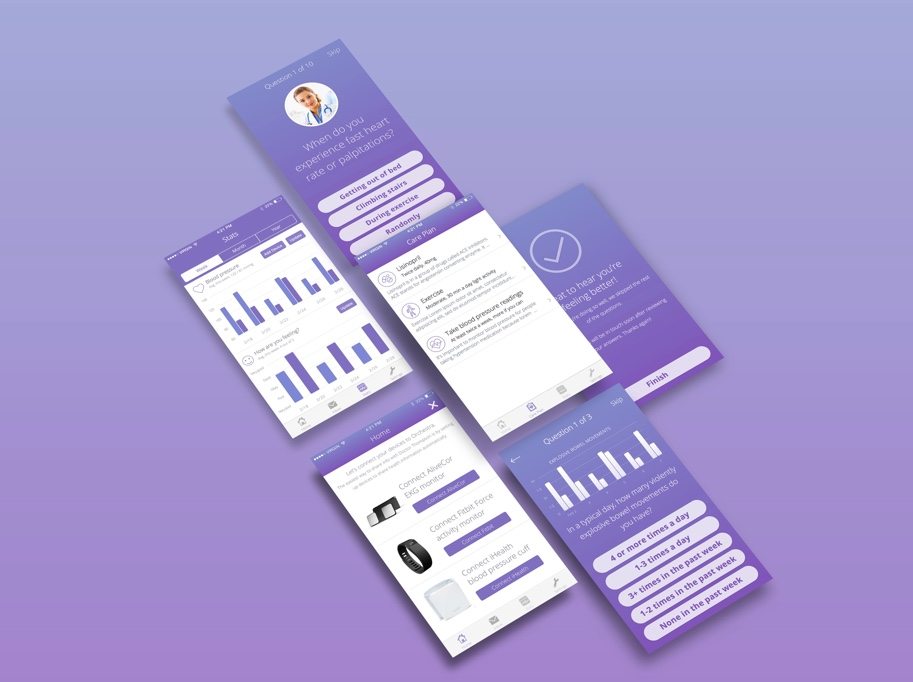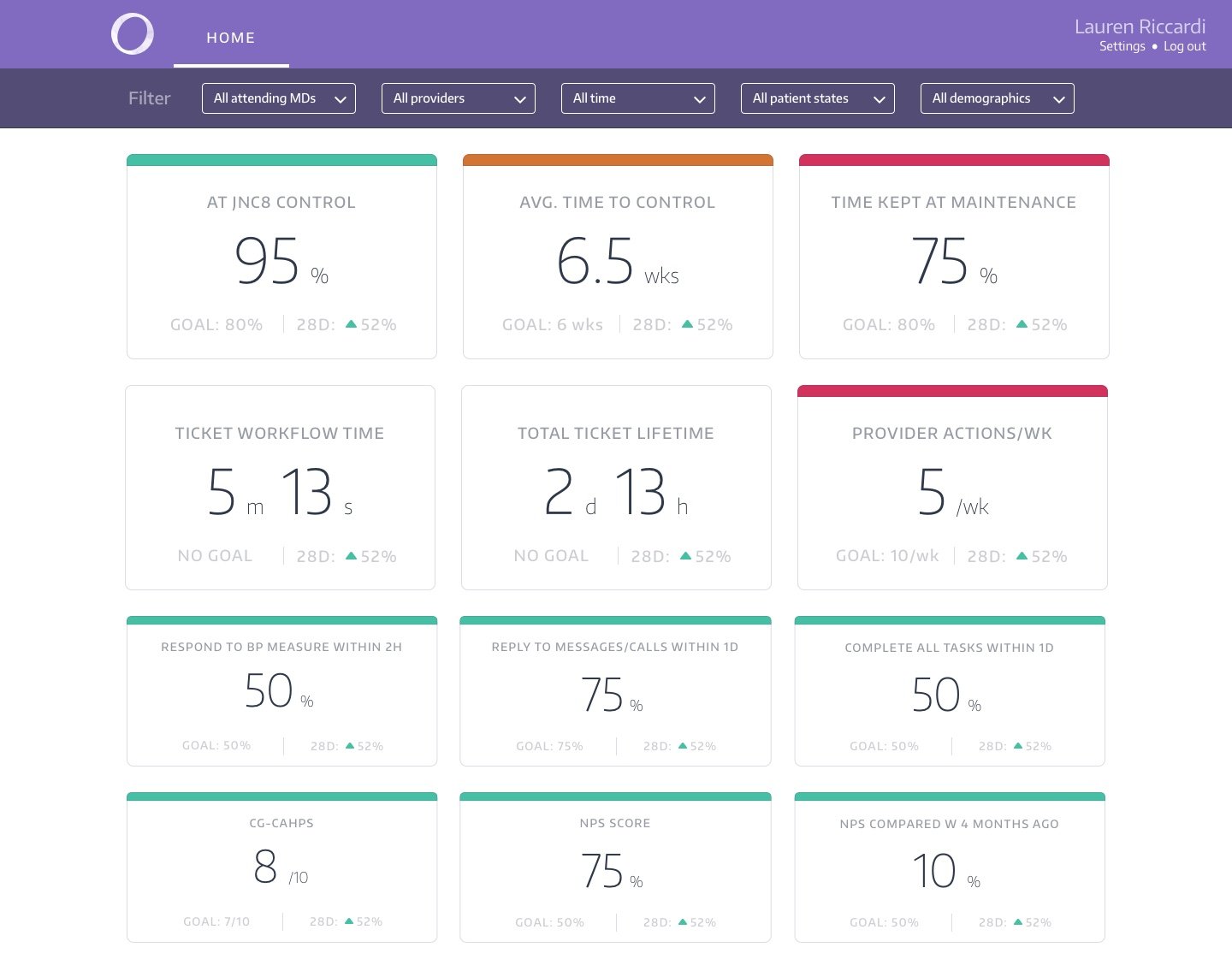Background
Heart disease is the #1 killer in the world. For patients who are seriously at risk of heart attack, stroke, or other cardiac events, medication is the fastest way to bring their blood pressure (and risk) down. However, medication adherence is typically poor among hypertension patients. Moreover, it often requires months or years of testing different medication combinations to find a set that bring blood pressure into a safe range while not impairing the patient’s quality of life with side effects.
Challenge
In order to help physicians accelerate the trial-and-error approach of getting patients on the correct combination of medications, our partner required a lot of data. For one, they needed accurate information on how often the patient actually took their medication and if they were experiencing any side effects. Moreover, they needed frequent blood pressure data, often multiple measurements a day for several days in a row. The population at the hospital clinic was over 67 years old on average, so the only scalable solution, a mobile app and Bluetooth blood pressure monitor had little margin for error.
Approach
In the end, the solution was a complex ecosystem to augment the powers of the cardiologist.
This included:
Extensive in-field research in clinics, pharmacist offices, and the patients’ homes (telephonically)
Product and operations design for collaboration amongst cardiologists, remote pharmacists, and blood pressure coaches
Population and case management dashboard integrated with clinical workflows
Design of a mobile app which could engage older patients with variable levels of comfort on mobile devices to reliably take blood pressure measurements and provide critical data on med decisions
Brand design, positioning, and voice guidelines
IMPACT
Results
The startup’s novel hypertension program led to uniquely high rates of bringing patients’ blood pressure to control. Critically, the rapid prototype of the operational build-out led the team to identify flaws in their cost projections and resourcing models, which afforded them time to recalibrate their business strategy to a leaner approach.
